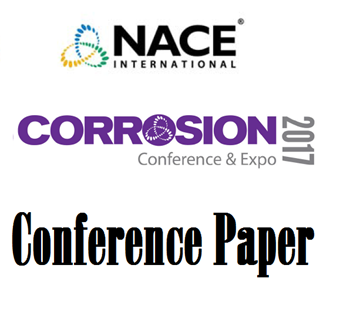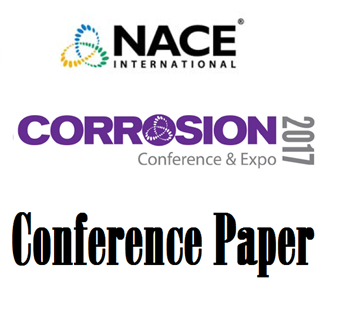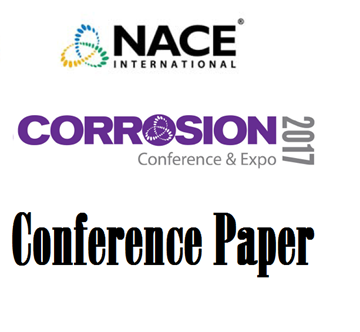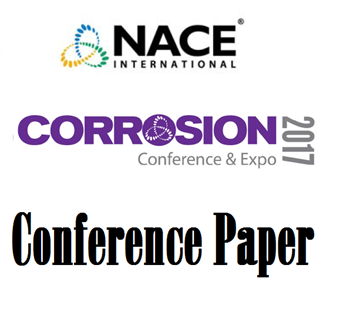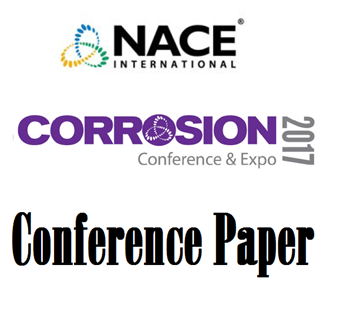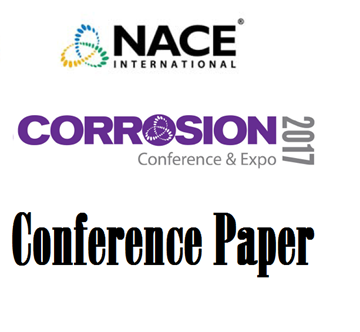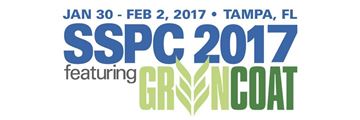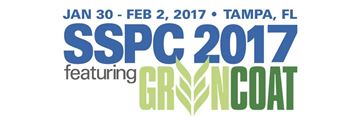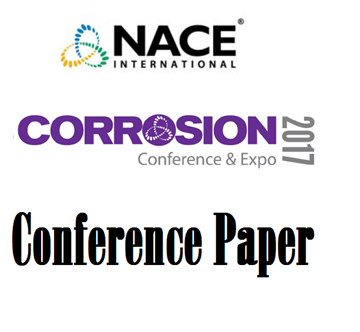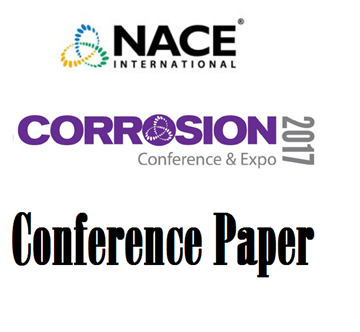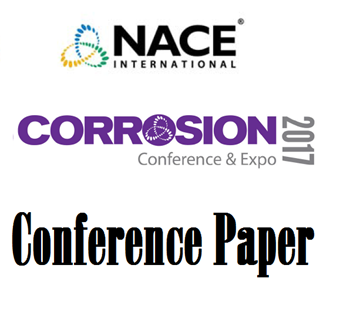Search
Products tagged with '2017 Conference Papers'
View as
Sort by
Display
per page
Extended Understanding of Inhibition Mechanism of New Corrosion Inhibitor via Electrochemical Measurements and X-Ray Photoelectron Spectroscopy (XPS)
Product Number:
51317--9403-SG
ISBN:
9403 2017 CP
Publication Date:
2017
$20.00
Extent of Cathodic Reaction on Epoxy Coated Rebar with Partially Disbonded Coating
Product Number:
51317--9469-SG
ISBN:
9469 2017 CP
Publication Date:
2017
$20.00
Factors Affecting Vapor Phase H2S Concentrations in Asphalt and Mitigation via Scavengers
Product Number:
51317--9449-SG
ISBN:
9449 2017 CP
Publication Date:
2017
$20.00
Failure of a Vaned Diffuser in a Sour Gas Compressor
Product Number:
51317--9073-SG
ISBN:
9073 2017 CP
Publication Date:
2017
$20.00
Failures of Brass Components in Water and Steam Systems
Product Number:
51317--9123-SG
ISBN:
9123 2017 CP
Publication Date:
2017
$20.00
Fatigue Crack Growth Rate Behavior of Welded Line Pipe Steel in Sour Environments
Product Number:
51317--9200-SG
ISBN:
9200 2017 CP
Publication Date:
2017
$20.00
FEVE Fluoropolymer Coatings for High Performance Waterbased Applications
Product Number:
51217-028-SG
Publication Date:
2017
$20.00
Finite Element Study on a Structural Steel Detail Susceptible to Hot-Dip Galvanizing Crackin
Product Number:
51217-086-SG
Publication Date:
2017
$20.00
Fitness-for-Purpose HIC Testing of Heavy Wall Large-Diameter Pipes for Mildly Sour Applications in the New NACE TM0284-2016 Solution C
Product Number:
51317--8881-SG
ISBN:
8881 2017 CP
Publication Date:
2017
$20.00
Fracture Toughness Testing Methods in H2S Containing Environment for Metallic Materials
Product Number:
51317--8930-SG
ISBN:
8930 2017 CP
Publication Date:
2017
$20.00
Galvanic Protection Coatings for 5xxx Series Aluminum Alloys
Product Number:
51317--8885-SG
ISBN:
8885 2017 CP
Publication Date:
2017
$20.00
Geothermal Corrosion: High-Temperature Pitting of Stainless Steels and Ni-Alloys
Product Number:
51317--9269-SG
ISBN:
9269 2017 CP
Publication Date:
2017
$20.00

